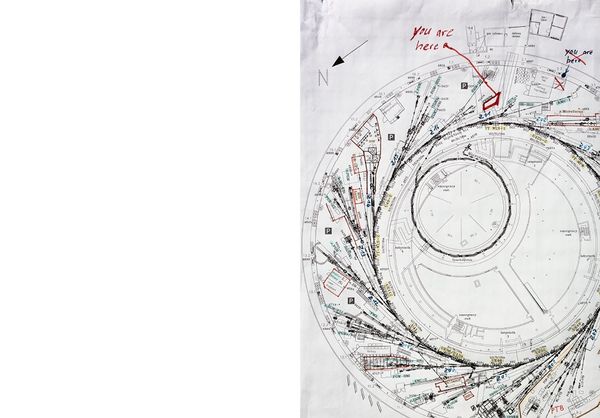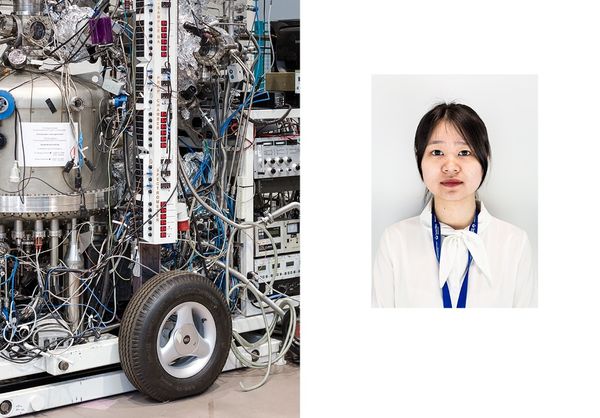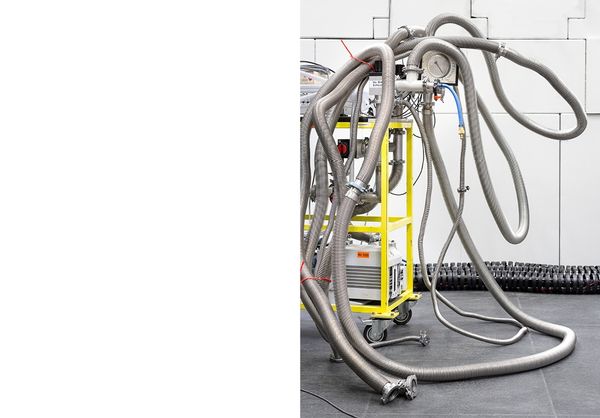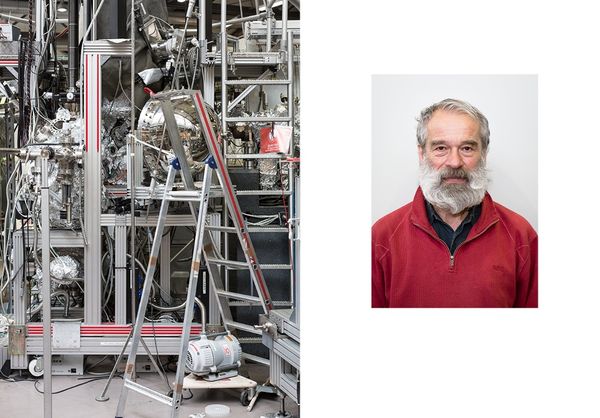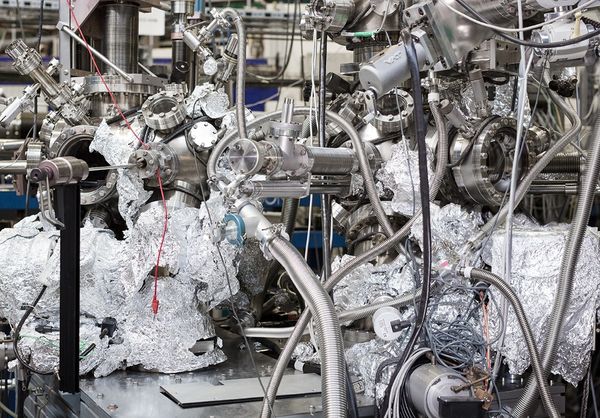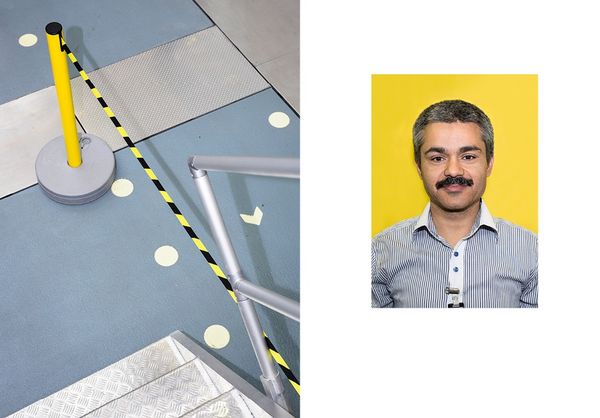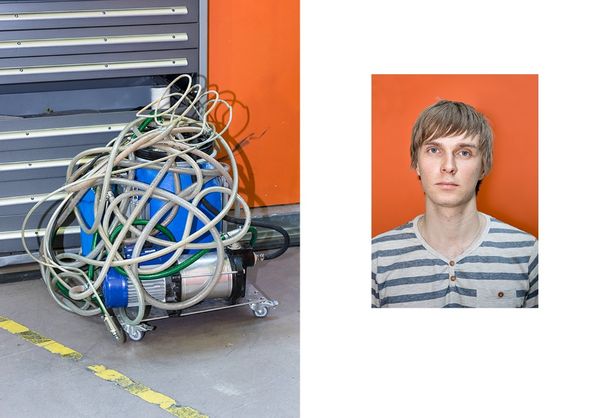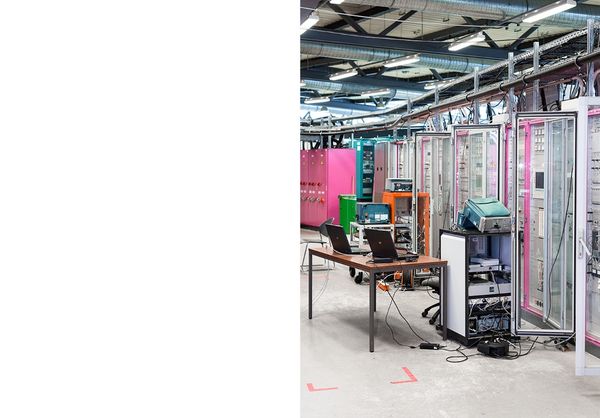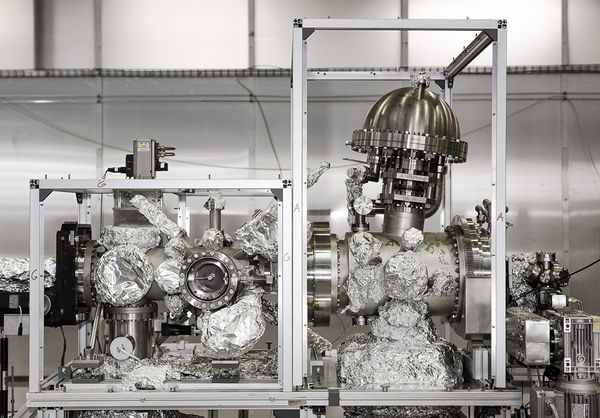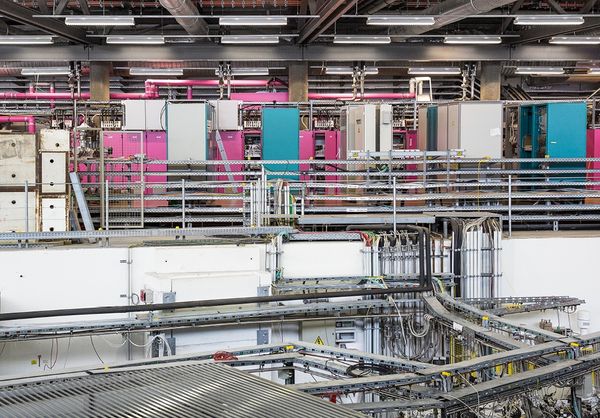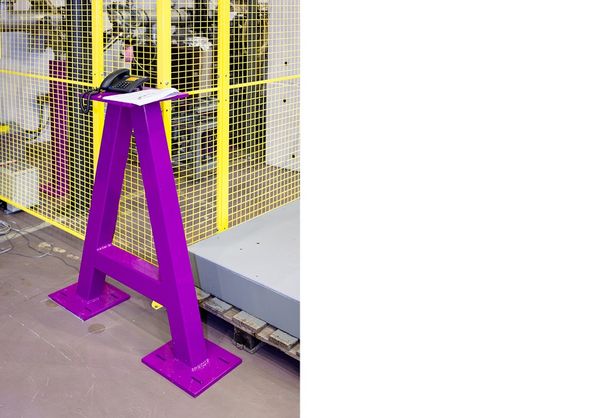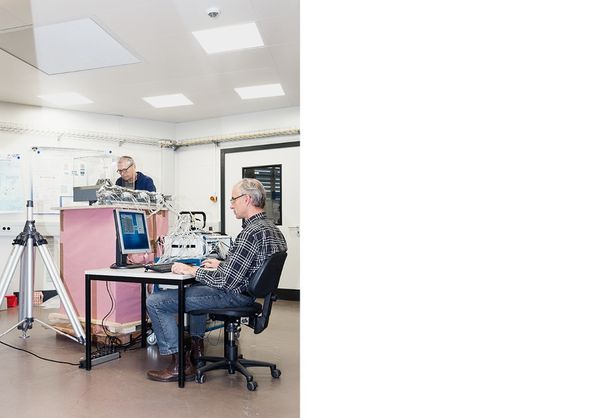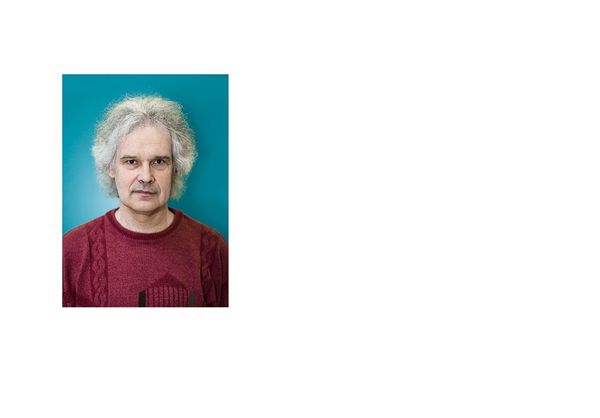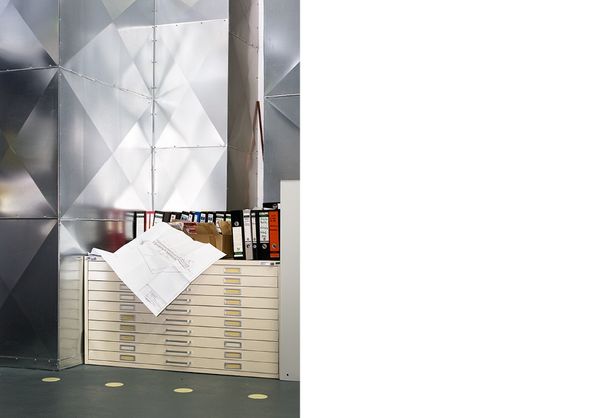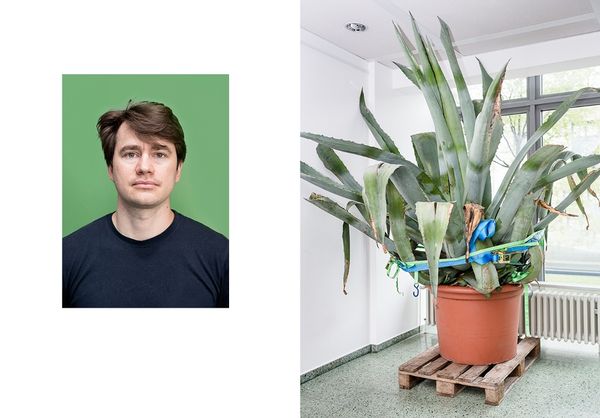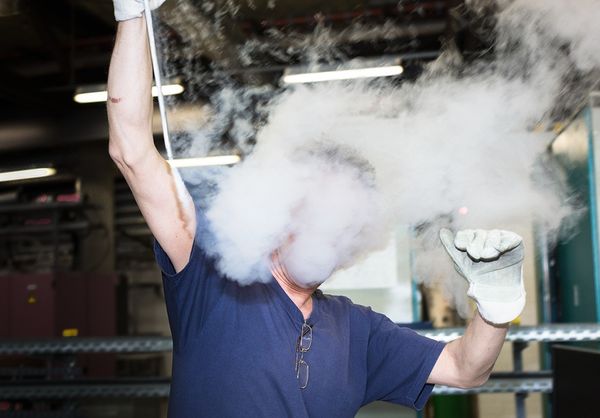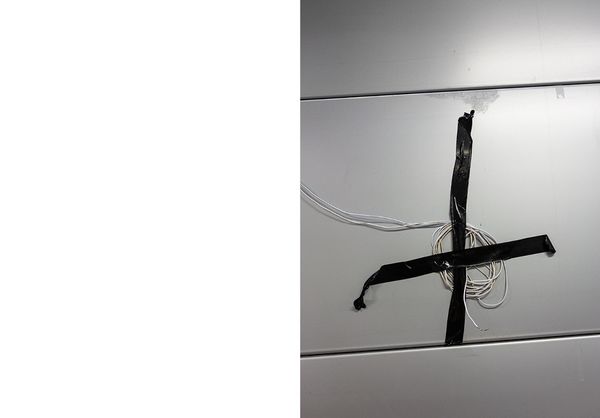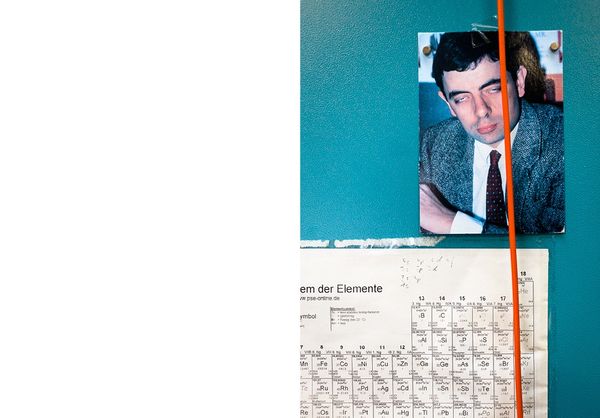MY BEAMLINE
-
Dates2013 - 2014
-
Author
- Topics Portrait, Editorial, Documentary
A photographic analysis of a research locationOver the course of one year I accompanied the scientists and employees of the Helmholtz-Zentrum Berlin for Materials and Energy (HZB). I took photographs in the experiment halls of the BESSY II research facility (electron storage ring) and the BER II.
A photographic analysis of a research location
Over the course of one year I accompanied the scientists and employees of the Helmholtz-Zentrum Berlin for Materials and Energy (HZB). I took photographs in the experiment halls of the BESSY II research facility (electron storage ring) and the BER II (research reactor). Fundamental physics research is carried out at the HZB, where physicists investigate the structure and composition of matter itself. How is our world constructed? What does it consist of? What laws govern these structures so small they cannot be seen in a microscope? The aim is to discover how everything could be made more compact, flexible, robust, light or efficient. The research area is very broad, ranging from materials research, to solar energy, to magnetism. Research positions at the institute are coveted all over the world.
The research method up until measurement can be simplified as follows: In BESSY II electrons are accelerated to extreme speeds in the ‘synchrotron booster’, a kind of launch pad, and are then fed into a circle-shaped storage ring. There they are held in orbit by powerful magnets, which cause the electrons to oscillate and emit photons. The ‘colours’ of the photons stretch from visible light through to the
X-ray range. This makes them very valuable for all kinds of scientific experiments. These photons are fed into approximately 50 so-called ‘Beamlines’, which generally consist of an optics cabin, an experimental cabin, and a control cabin, all laid out in a line. The experiments are set up at the end of these beamlines, where the photons are scattered among the materials being investigated. The scatter pattern is then measured and photographed using a detector (such as a CCD sensor). At the second location, the research reactor BER II, samples are analysed using the scatter of particles, which in this case are neutrons. These measured scatter patterns enable the scientists to analyse modular and atomic structures as well as the dependencies and interdependencies of properties such as the hardness, thickness, strength or elasticity of the samples.
In the experiment halls I observed how what at first glance seemed like a complete mess of cables, pipes and machines actually performs one single function. Structures are set up and dismantled, devices packed in aluminium foil for isolation purposes, samples prepared, and computer technology linked up with the experiments. The research places come across as futuristic adventure playgrounds, where a select few scientists are free to experiment at will. At the same time, the facilities are extremely high-tech and must function with total precision for experiments to be performed. During my visit I got the impression that the researchers were interested not only in the result, but also in simply trying things out. A parallel world that the scientists are wholly dedicated to.
With my images I have documented what goes on in the research halls, in original colour, and portrayed the scientists who work there.
I have also chosen to show some of the images of the experimental results in black and white. These photographs serve a very important purpose for the researchers, in contrast to the laymen, for whom they have ‘only’ an aesthetic value. In terms of both content and aesthetics they provide vivid contrasts and enrich my work, since their abstract quality reflects the complexity of the research location that I encountered.
